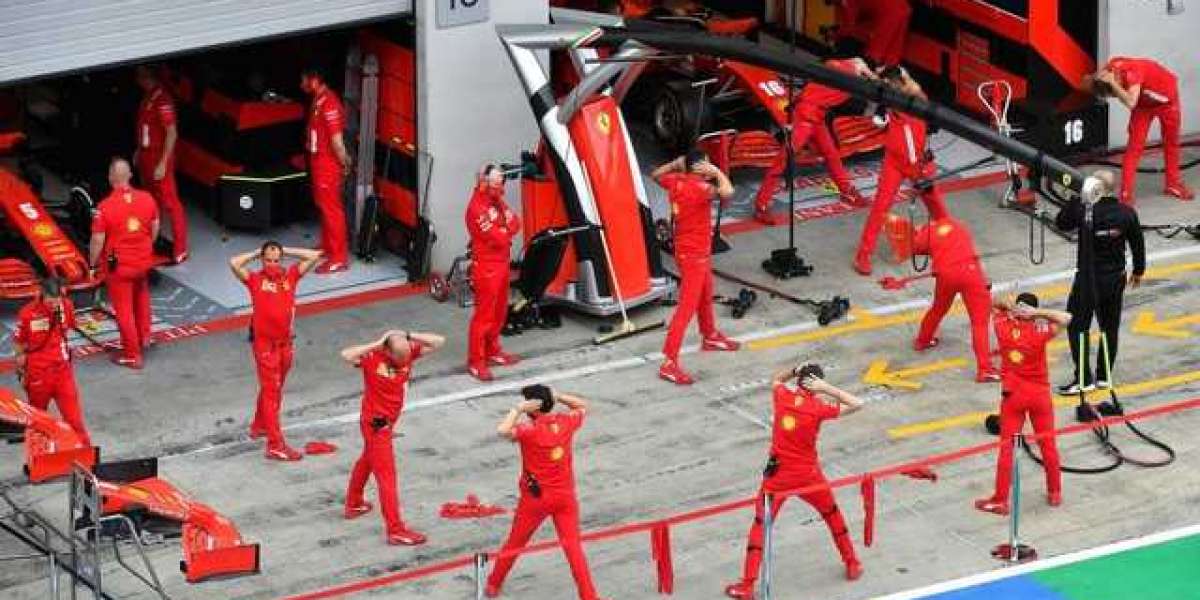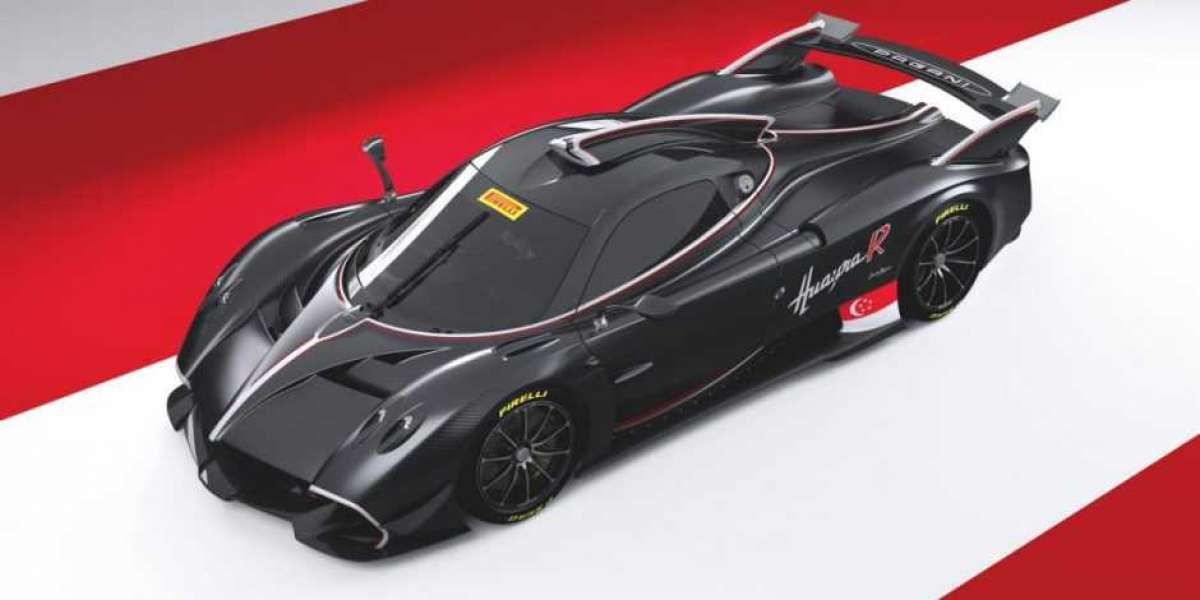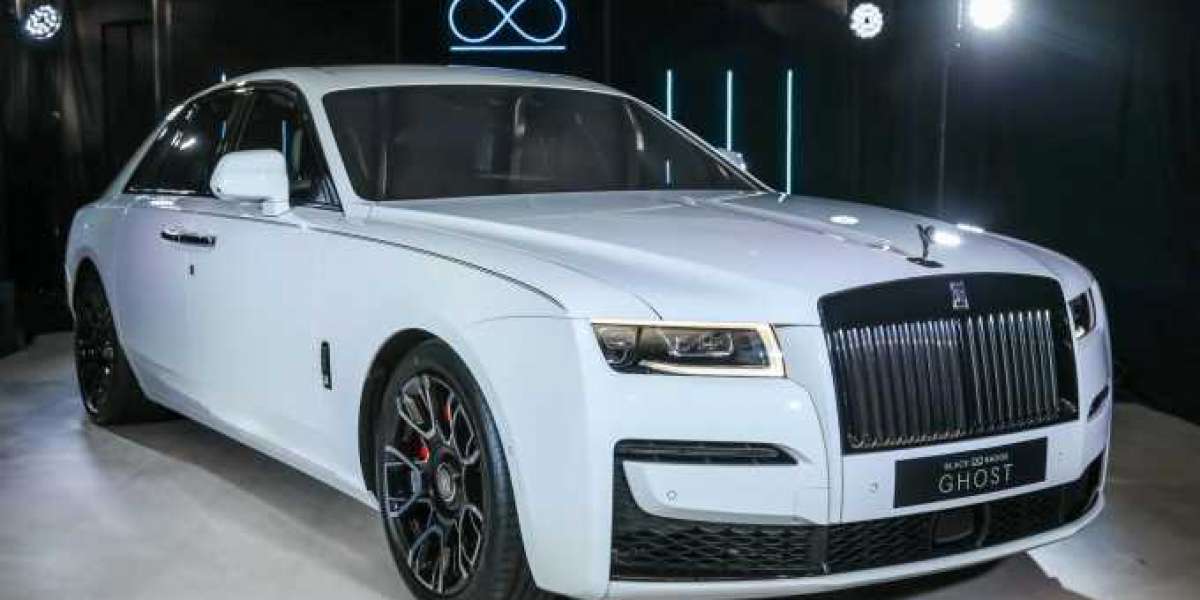The Brandy Market is experiencing strong growth, driven by increasing global demand for premium alcoholic beverages, shifting consumer preferences, and the expansion of distribution channels. As brandy transitions from a traditional spirit to a refined lifestyle product, producers are capitalizing on evolving consumption trends and the appeal of high-end craft variants.
According to Dataintelo’s latest market research, the global Brandy Market was valued at USD 25.4 billion in 2023. It is projected to surpass USD 40.8 billion by 2032, expanding at a compound annual growth rate (CAGR) of 5.5% during the forecast period. Growth is supported by the rising popularity of premium and aged brandy products, especially among urban millennials and in emerging economies.
The market’s evolution is influenced by changing social habits, increasing disposable income, and growing acceptance of spirits in regions previously dominated by beer or wine. From bars and lounges to home consumption, brandy is steadily becoming a staple in diverse social settings.
Key Drivers Fueling the Brandy Market
Rising Premiumization Trends: Consumers are showing greater interest in artisanal, aged, and craft brandy, driving up the average price point and profit margins for producers.
Globalization of Taste: International exposure and tourism are introducing consumers to a wider array of brandy styles and origins, boosting global demand.
Growing Middle-Class Consumption: In developing nations, increased disposable incomes and urbanization are fueling demand for luxury and aspirational products like premium brandy.
Request a Sample Report: https://dataintelo.com/request-sample/111005
Challenges Hindering Market Growth
While the Brandy Market holds promising opportunities, it also faces several constraints that could impact its trajectory:
Stringent Alcohol Regulations: Variability in import duties, advertising restrictions, and labeling laws across countries can complicate international trade and distribution.
Health Consciousness and Lifestyle Shifts: A growing global trend toward health and wellness may reduce alcohol consumption among certain demographic groups.
Substitute Product Competition: The rise of other premium spirits, such as whiskey, rum, and tequila, poses a competitive challenge to brandy’s market share.
These challenges necessitate strategic branding, regulatory navigation, and consumer education efforts by stakeholders.
Opportunities Reshaping the Global Brandy Market
Innovation in Flavors and Packaging: New infusions, limited editions, and creative bottle designs are attracting younger audiences and boosting gift-market sales.
E-commerce and Direct-to-Consumer (D2C) Sales: Online platforms are playing an increasing role in alcohol retail, expanding brandy’s reach and enabling targeted marketing.
Emerging Markets: Untapped regions in Asia, Africa, and Latin America are showing significant growth potential due to changing demographics and lifestyle upgrades.
View Full Report: https://dataintelo.com/report/brandy-market
Regional Insights and Consumption Trends
Europe remains the traditional stronghold of the Brandy Market, led by countries with deep cultural ties to the spirit. It dominates in both production and premium product demand.
Asia-Pacific is the fastest-growing region, driven by rising incomes, expanding nightlife, and a growing interest in Western drinking culture. India and China are key emerging players.
North America is witnessing a renewed interest in brandy, with consumers gravitating toward domestic craft brands and international luxury labels.
Latin America and Africa are gradually contributing to market expansion, propelled by growing urbanization and changing consumption patterns.
Brandy Market Segmentation Overview
The market is segmented to reflect various consumer preferences and product characteristics:
By Product Type:
Aged Brandy
Flavored Brandy
Premium Brandy
Standard Brandy
By Distribution Channel:
Offline (Supermarkets, Liquor Stores, Specialty Retailers)
Online (E-commerce, D2C Platforms)
By End Use:
Commercial (Bars, Hotels, Restaurants)
Residential (Home Consumption)
This segmentation enables a more nuanced understanding of where growth is occurring and where future demand lies.
Check Out the Report: https://dataintelo.com/checkout/111005
Technology and Branding Trends in the Market
The modernization of the Brandy Market is marked by a blend of heritage and innovation:
Smart Labeling and QR Codes: Brands are using technology to provide customers with information about origin, production methods, and tasting notes.
Sustainable Practices: Eco-friendly packaging, organic ingredients, and carbon-neutral distillation processes are gaining popularity among environmentally conscious consumers.
Collaborations and Celebrity Endorsements: Brand partnerships and high-profile endorsements are reshaping market positioning and attracting younger, image-driven consumers.
These innovations are not only driving product differentiation but also strengthening customer engagement in a crowded market.
Future Outlook and Strategic Forecast
The global Brandy Market is expected to maintain consistent growth through 2032, with a strong push from premium and super-premium segments. Strategic moves such as expansion into e-commerce, investment in sustainable production, and localized flavor innovations will shape the competitive landscape.
As brandy evolves from a legacy spirit into a dynamic lifestyle product, producers must strike a balance between tradition and innovation to stay relevant in a shifting consumer landscape.
Conclusion
The Brandy Market is entering a robust growth phase, propelled by evolving tastes, global exposure, and rising demand for premium spirits. As markets diversify and consumers become more discerning, brandy producers are well-positioned to leverage quality, tradition, and creativity to capture new audiences and markets.








